#mary cassat
Explore tagged Tumblr posts
Photo
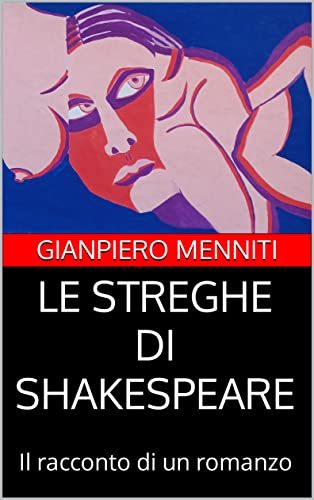


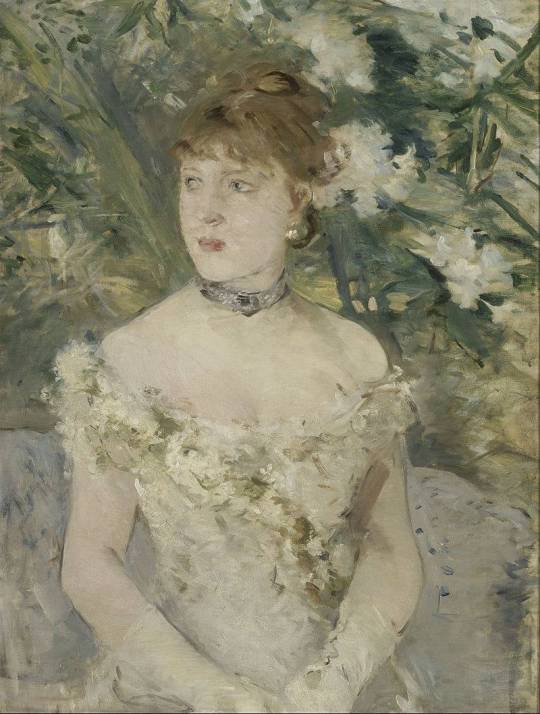

Brano tratto da: LE STREGHE DI SHAKESPEARE - di Gianpiero Menniti
DONNE SULLA SOGLIA DELL'INVISIBILE
[...] “La follia dal Dio proveniente è assai più bella della saggezza d’origine umana” diceva Platone. Prima abbiamo discusso di arte. Il simbolismo non è comprensibile senza questa capacità. Che senso ha un’arte del reale, del materiale, l’arte che traccia l’immagine della storia. Guarda le donne annoverate nel movimento impressionista: Cassatt e Morisot. I loro dipinti riescono a cogliere le atmosfere che conducono verso il confine tra sensibile e soprasensibile. Le pennellate della Morisot sono come saette. Gli sguardi della Cassatt già scorgono il profondo. I ritratti di donna che dipingono sono diversi. Loro, dentro un movimento artistico che tendeva a ridurre la realtà alla materialità della visione, sono le più intuitive nel superare la visione, nel saper vedere oltre. Marie Bracquemond forse è la più intensa.
- Mary Cassat (1844 - 1926): "Le sorelline", 1885 circa, Kelvingrove Art Gallery and Museum, Glasgow, Scotland, UK
- Berthe Morisot (1841 - 1895): "Giovane donna in tenuta da ballo", 1879, Museo d'Orsay, Parigi
- Marie Bracquemond (1840 - 1916): "Sulla terrazza a Sèvres", 1880,Museo del Petit Palais, Ginevra
- In copertina: Maria Casalanguida, Interpretazione de ‘Il bagno turco di Ingres’, 1976, collezione privata
#thegianpieromennitipolis#berthe morisot#Mary Cassat#marie bracquemond#maria casalanguida#impressionismo#arte#arte contemporanea
10 notes
·
View notes
Text
Reina Lefebre i Margot davant una finestra
Oli en tela
Mary Cassat
1902

0 notes
Text
Mary Cassatt 🖌🖼🇺🇸

View On WordPress
0 notes
Text


Marie Bracquemond (French, 1840-1916) • Self-Portrait • c. 1870
Though Marie Bracquemond is considered by art historians an important impressionist painter, she's largely overshadowed by her famale contemporaries Mary Cassat and Berthe Morisot.
#art#art history#self portrait#painting#oil painting#marie bracquemond#woman artist#french artist#19th century european art#impressionism#artist as subject#the canvas mirror art blog#art blogs on tumblr#art lovers on tumblr#artwork
102 notes
·
View notes
Text
Original painting I just finished based on a photo I took last spring, using brushwork I learned painting studies (below) of Renoir and Mary Cassat. I've been trying to learn to paint forest canopies without it looking formless, and to catch the light in leaves.





18 notes
·
View notes
Text
A Night at the Opera, Part III
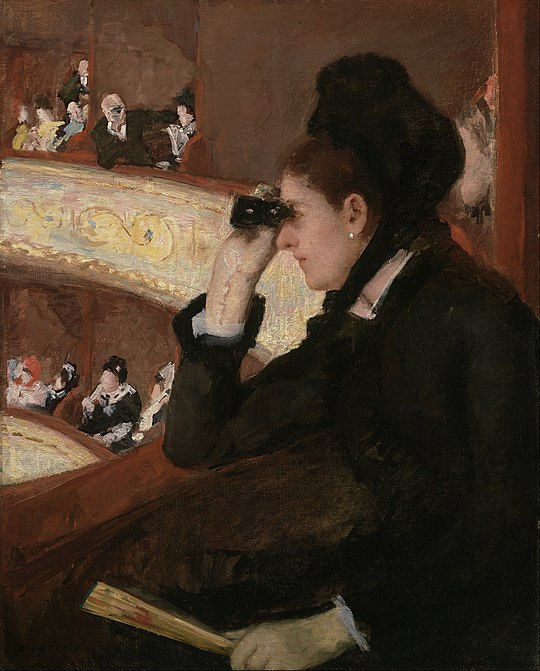
Mary Stevenson Cassat (American, 1824-1936 ) • At the Opera • 1878 • Museum of Fine Arts, Boston
Opera in the Victorian era was as much for the performance, as it was for the social display of socialites and their fine attire. The latter perhaps having been more important. To see and be seen was so much a part of the opera experience, that with the advent of electric lights and the ability to dim the hall during performances, was met with complaints that patrons weren't able to view their surroundings.
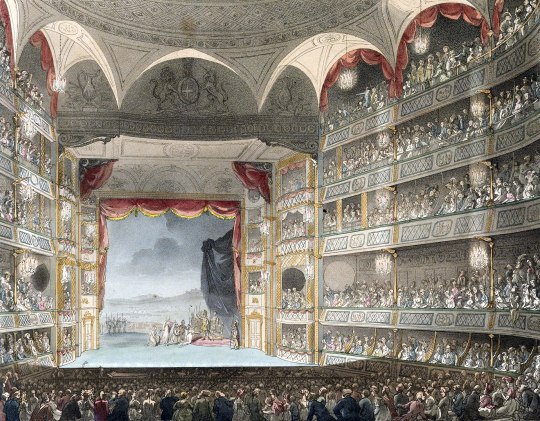
Opera glasses were an integral part of the opera experience. All the better for views of the latest styles and courtship couplings. Opera glasses were being manufactured in beautiful, ornate styles to appeal to fashionable Victorians.

Opera glasses, 19th century. Museum no. S.320-1981. © Victoria and Albert Museum, London
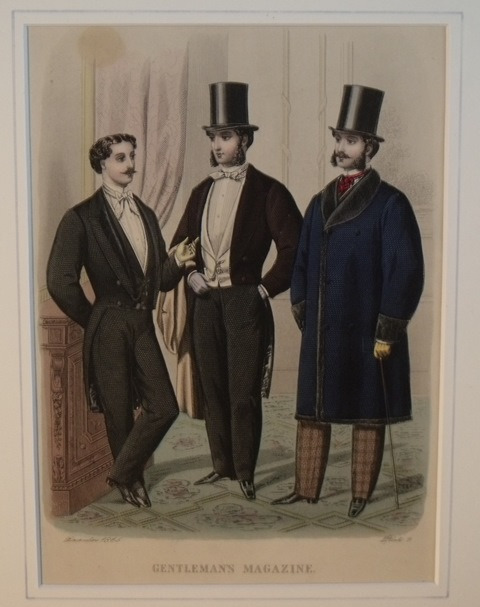
Gentlemen wore top hats and tails to the opera. Just as important as clothing were the rules men had to follow when escorting a lady. For example, during intermission, when many opera-goers left their seats to promenade in the halls, a gentleman was obligated to ask if his lady companion was interested in doing so. If she declined, it was considred unmannerly to leave her seated alone at a performance.
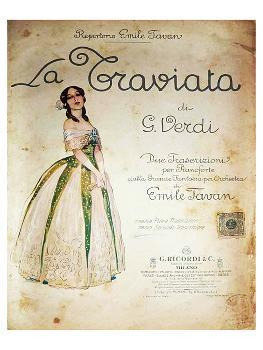

Sources:
Victoria and Albert Museum
Victorian Etiquette - Etiquette at the Theatre, Opera and Concerts
Recollections
Pinterest
#art#painting#art history#fine art#mary cassatt#woman artist#american artist#impressionism#french impressionism#fashion history#art & fashion#victorian society#victorian opera#victorian etiquette#victorian men's clothing#opera accessories#the resplendent outfit art & fashion blog#art blogs on tumblr
51 notes
·
View notes
Text
I don’t know if this information has been shared here but a few months ago, a conference entitled "Women, right and law" has been held at the Court of Cassation in Paris.
The conference is divided in two parts : the first one is dedicated to Théroigne de Méricourt and is presented by Hervé Leuwers and the second one, presented by Charles-Éloi Vial, is dedicated to Marie-Antoinette.
So far, I've only listened to the part about Théroigne. Mr. Leuwers' presentation is very interesting, especially if you want to learn more about Théroigne !
Unfortunately, there are no English subtitles, but this may be of interest to French speakers !
3 notes
·
View notes
Text
adventures in rome part 4
so in the morning of the second day we first took a guided tour by bus around the ancient monuments of the city (mostly)
we saw castel sant’ angelo (on the left) from afar, that has gardens around it shaped like a star and there’s a secret passage connecting it to the vatican through which various popes have escaped peril. its name is taken as “castle of the angels” but more correctly it’s “castle of st. angel”. close by is rome’s palace of justice, the seat of the supreme court of cassation
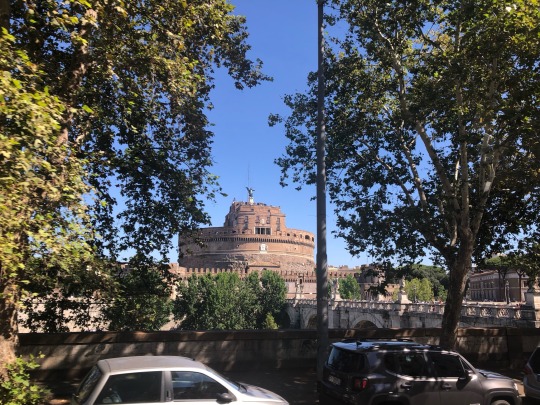
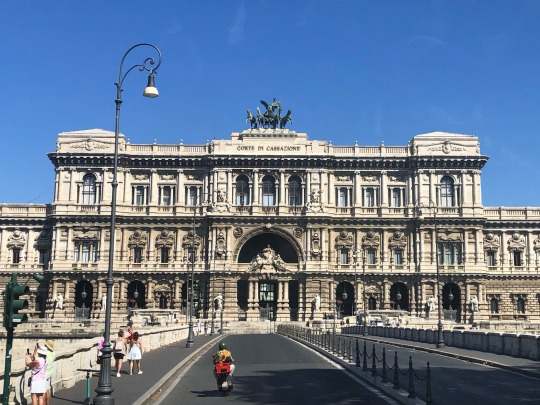
then we reached villa borghese (its entrance on the left), a giant public park with the building being an art museum. in the past all parks were villas bc they actually were; the most powerful families held villas with huge gardens, some of which still survive to this day. the city of rome managed to buy this park and maintain its nature in contrast to some of the other villas where their gardens were uprooted and built.


we drove through part of the park and eventually reached piazza della repubblica, where stands the fountain of the naiads (greek nymphs presiding over bodies of fresh water) and in the back santa maria degli angeli e dei martiri (st mary of the angels and the martyrs) a basilica built inside the ruined baths of diocletian following an original design by michelangelo


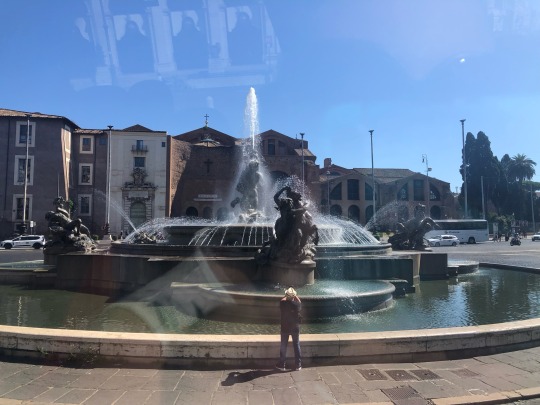
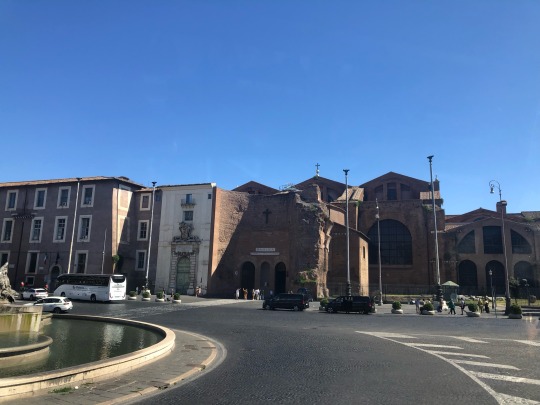
after that we also saw santa maria maggiore (st mary major), one of the first churches built to celebrate virgin mary after, in 431 ad, she was proclaimed mary mother of god by the council of ephesus. the church was built in that immediate aftermath. its ceiling internally is gilded with the first gold brought from peru, which queen isabella donated to the then pope. this was the biggest church before the construction of st peter’s basilica in the vatican
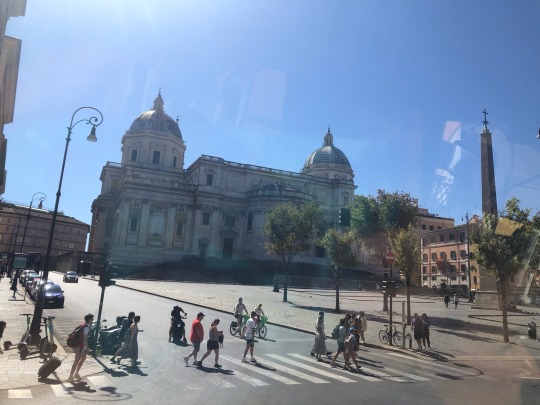
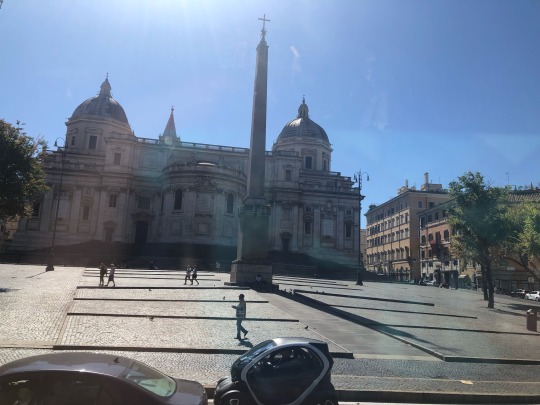
#i’m looking up some info to make sure i’ve got my facts straight#as i’m making these posts#and man it’s so freaking cool finding out even more abt this city#forever in love#ana in rome
3 notes
·
View notes
Text
Mary Cassat

Mary Cassat is an Impressionist artist that I had not known too much about besides her famous works that I’ve seen in textbooks. I wanted to know more about her life and how much she has impacted the art world. From her paintings, to works using pastels as well as printmaking, her work is very impressive. I find comfort in the way all the women and children are depicted, her work has an uplifting and warm mood. The way she used her strokes in her paintings is what I hope to learn how to do better, especially with oil paint like she did.







youtube
This video really helped to know more of her rise to being the artist that she deserves to be remembered as. Her development and even suffragist feelings were surprising to learn about. It was sad to know that she lost her sight due to diabetes and her family was not too kind to her. But, the way she lived her life is very admirable and until the end she was smart in making sure her art was safely in the hands of museums and not her estranged family. She is definitely an artist who I can support knowing how hard she worked until the end.
2 notes
·
View notes
Text
mare jove cosint
Oli en tela
Mary Cassat
1900

0 notes
Text
Bulgaria has been ordered to pay the record 1.6 million euro compensation to the former prime minister and leader of the NDSV party Simeon Saxe-Coburg-Gotha because of the moratorium imposed years ago on the disposal and exploitation of his returned properties. The decision is of the European Court of Human Rights (ECHR).
The former monarch sued the state in Strasbourg back in September 2021, but the court gave 6 months for the government and Saxe-Coburg-Gotha to come to an agreement on the compensation for material damages, which did not happen.
Simeon and his sister, Marie Louise Borisova Saxe-Coburg-Gotha, filed a case at the ECHR because of the 2009 moratorium, which prohibited them from disposing of their properties and lands returned to them after the fall of communism.
During the government of Ivan Kostov, the then Chief Prosecutor Ivan Tatarchev attacked the 1947 Confiscation Law before the Constitutional Court and the CC ruled it unconstitutional. Thus, based on the decision of the CC, Simeon Saxe-Coburg-Gotha and his sister submitted requests for the restoration of their property and received it, until in December 2009 the parliament imposed a moratorium.
The state also filed lawsuits against Saxe-Coburg-Gotha for the return of the palaces "Vrana", "Tsarska Bistrica", "Sitnyakovo", "Sargyol" and for 16,500 decares of forests in Rila. The former monarch lost 3 of the four palaces, and the dispute over "Tsarska Bistrica" reached the Supreme Court of Cassation, which brought it back to the Constitutional Court.
Constitutional judges ruled that the Confiscation Act has been invalid since 1991 and its act declaring it unconstitutional only applies to the direct consequences, while all other courts rule "in accordance with the Constitution, the principles and rules of the relevant branch law". I.e. there is no need for a special law for the restitution of royal estates, but this never came to be.
In October 2020, the Supreme Court decided that "Tsarska Bistrica" belongs to Saxe-Coburg-Gotha and his sister, and recognized their ownership of the palace in Vrana, pending the case regarding the forests.
At the beginning of August 2021, Simeon Saxe-Coburg-Gotha announced in a special announcement that he has no claims for compensation for the non-use of his properties during the communist regime, because he is aware that they will be "paid by the Bulgarian people", who "have no fault" about what happened.
The ECHR accepted that the ban on any commercial exploitation of the royal forests violated the human rights convention. In addition, the right to a fair trial was violated, as the moratorium was not appealable. And the actions of the Bulgarian authorities have placed a disproportionate individual burden on King and his sister.
"It is scandalous that the state did not lift the moratorium even after the 2021 decision of the Strasbourg court, according to which it was contrary to the convention. If the state had not shown such illegal persistence, showing arrogance and disregard for the ECHR decision, this compensation would have been much less, at least because the violation would have been suspended," lawyer Mihail Ekimdzhiev, who represents Saxe-Coburg-Gotha and his sister before the ECHR, commented to "Lex".
6 notes
·
View notes
Text

— Biografia
Mary Cassat foi uma pintora e gravurista nascida em Pittsburgh, Estados Unidos, no ano de 1844, e faleceu no ano de 1926 aos 86 anos. Ela é reconhecida como uma das mais importantes artistas no movimento impressionista, com o foco na reprodução de cenas da vida cotidiana, principalmente das mulheres e crianças. Cassatt passou parte de sua vida adulta na França, onde desenvolveu sua carreira artística e fez colaborações com grandes artistas, como Edgar Degas.
Suas principais obras são:
“O Banho da Criança”, de 1893, que representa uma mulher lavando os pés de uma criança
"Verão”, de 1894, uma cena de duas mulheres remando em um lago, caracteriza as obras de Cassatt, ao capturar momentos de lazer e beleza.
“A Maternidade”, de 1897, a obra mostra um momento íntimo entre uma mãe e sua criança, demonstrando a afetuosidade e a proximidade materna.
Também explorou técnicas de gravura inspirada, principalmente, pela arte oriental japonesa. Podemos observar nas seguintes telas:
"Carícia Materna”, de 1891, uma gravura no estilo japonês (ukiyo-e) que destaca também reflete a ligação afetuosa entre mãe e filho.
“A Carta”, de 1890, esta gravura mostra uma mulher em um momento íntimo, lacrando um envelope. Por mais simples que pareça, é nítida a influência japonesa quando analisamos a composição da tela e os designs presentes na parede e na textura da roupa da mulher.
“A Prova”, de 1891, vemos duas mulheres em um ateliê de costura, uma delas é uma costureira, que examina e ajusta o tecido vestido pela mulher em pé. Cassatt explora uma relação de trabalho e confiança entre duas mulheres em um trabalho que demonstrava um alto nível de cuidado e respons
Mary Cassatt é lembrada como uma pioneira que não apenas abriu caminho para mulheres artistas, mas também introduziu o público americano à arte impressionista. Suas obras permanecem em destaque em museus renomados, como o Museu Metropolitano de Arte em Nova York e o Museu de Orsay em Paris.
1 note
·
View note


